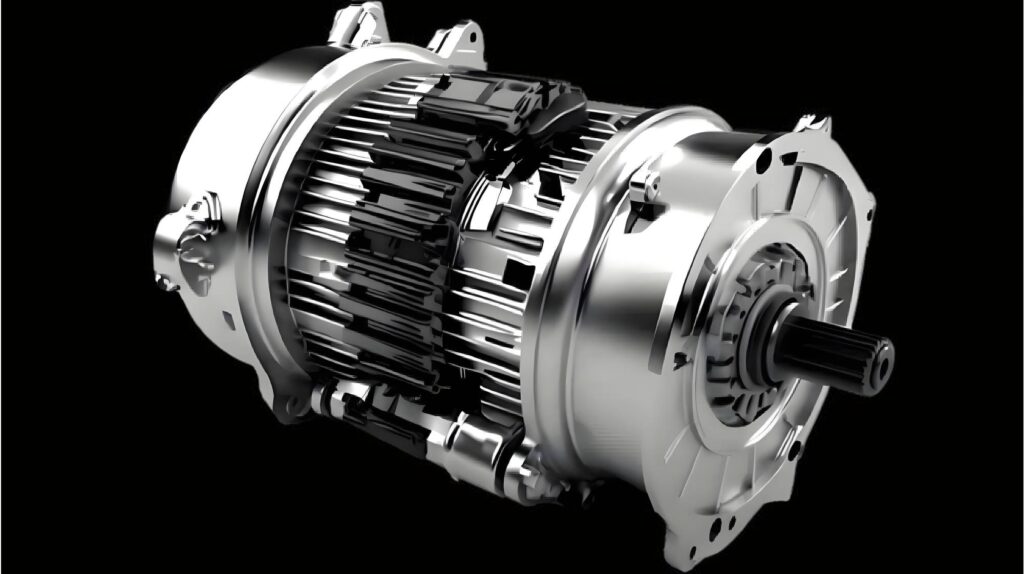From the moment your alarm clock buzzes to the hum of your electric toothbrush — electric motors are already hard at work. They’re in your car, your fan, your washing machine, your elevator, your laptop. In fact, it’s hard to name a modern device that doesn’t rely on an electric motor in some form.
But despite their ubiquity, electric motors rarely get the spotlight. Let’s fix that.
What Is an Electric Motor?
In the simplest terms, an electric motor is a machine that converts electrical energy into mechanical energy — in other words, it takes electricity and turns it into motion.
This might sound like magic, but it’s pure physics. The principle behind it is called electromagnetism: when electricity flows through a wire, it creates a magnetic field. Place that wire near a magnet, and it moves. Arrange these wires and magnets cleverly enough, and you can make a shaft spin — reliably, silently, and incredibly efficiently.
That’s an electric motor.
Types of Electric Motors: Not All Spin Alike
Just like there are different engines for race cars, planes, and lawn mowers, there are different types of electric motors for different jobs. The most common include:
- DC Motors (Direct Current)
Used in toys, e-bikes, and electric vehicles. Known for smooth control and fast response. - AC Motors (Alternating Current)
Found in household appliances and industrial machinery. These are robust, reliable, and perfect for continuous operation. - Brushless Motors
Lightweight and efficient — the secret behind drones, smartphones, and electric scooters. - Stepper Motors
Precise and programmable, they drive 3D printers, robotics, and CNC machines.
Each motor type has its strengths. Choosing the right one can mean the difference between a humming refrigerator and a burnt-out compressor.
Where You’ll Find Them (Spoiler: Everywhere)
Electric motors are the quiet, invisible muscles of the modern world. Here’s just a glimpse of where they show up:
- In Your Home: Blenders, vacuum cleaners, dishwashers, air conditioners
- On the Road: Electric vehicles, power windows, windshield wipers
- In Factories: Conveyor belts, pumps, robotic arms
- In Medicine: Surgical robots, diagnostic equipment, ventilators
- In Space: Satellite actuators, space probe drives, Mars rovers
If it moves, spins, opens, or lifts — chances are an electric motor is behind it.
The Green Revolution Behind the Scenes
Electric motors aren’t just convenient — they’re key players in the global energy transition.
Traditional engines burn fossil fuels. Electric motors don’t. That’s why they’re the heart of technologies like:
- Electric vehicles (EVs)
With zero tailpipe emissions and instant torque, EVs are revolutionizing transport. - Renewable energy systems
Motors drive wind turbine blades, adjust solar panel angles, and store energy. - Energy-efficient buildings
Smart HVAC systems with variable-speed motors drastically reduce electricity use.
In short, the more we electrify, the more we rely on electric motors — quietly accelerating our shift toward a sustainable future.
Tiny Giants of Technology
They don’t roar like combustion engines. They don’t spark like fireworks. But electric motors are powerhouses in miniature — machines that embody the best of engineering: simple in theory, brilliant in execution, and indispensable in function.
So next time you push a button and something moves, spins, or flies, take a moment to thank the electric motor. It may be small, but it’s spinning the world forward — one revolution at a time.
